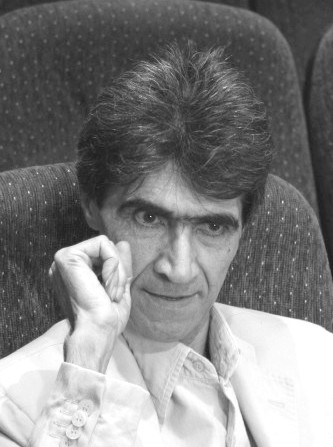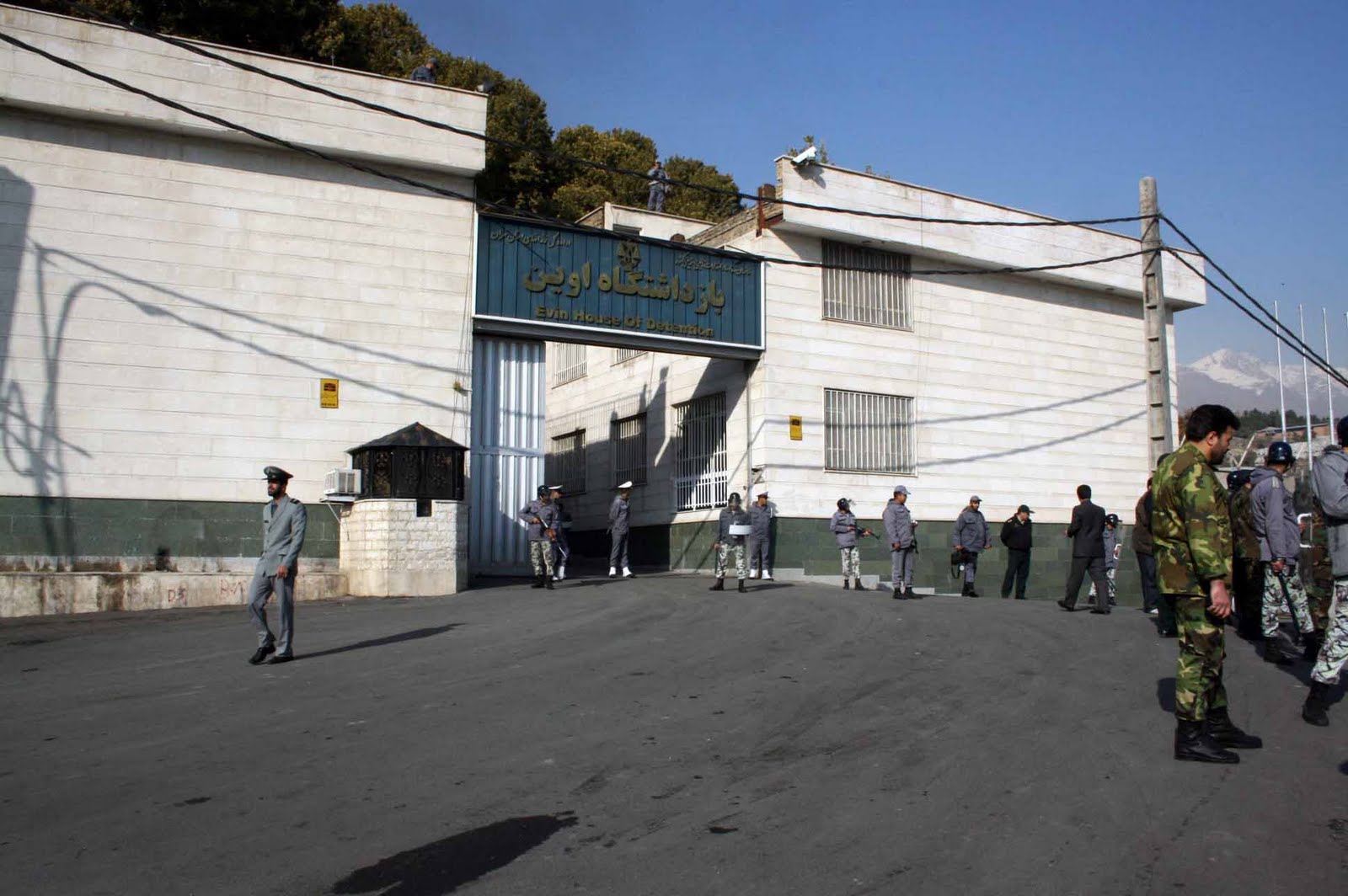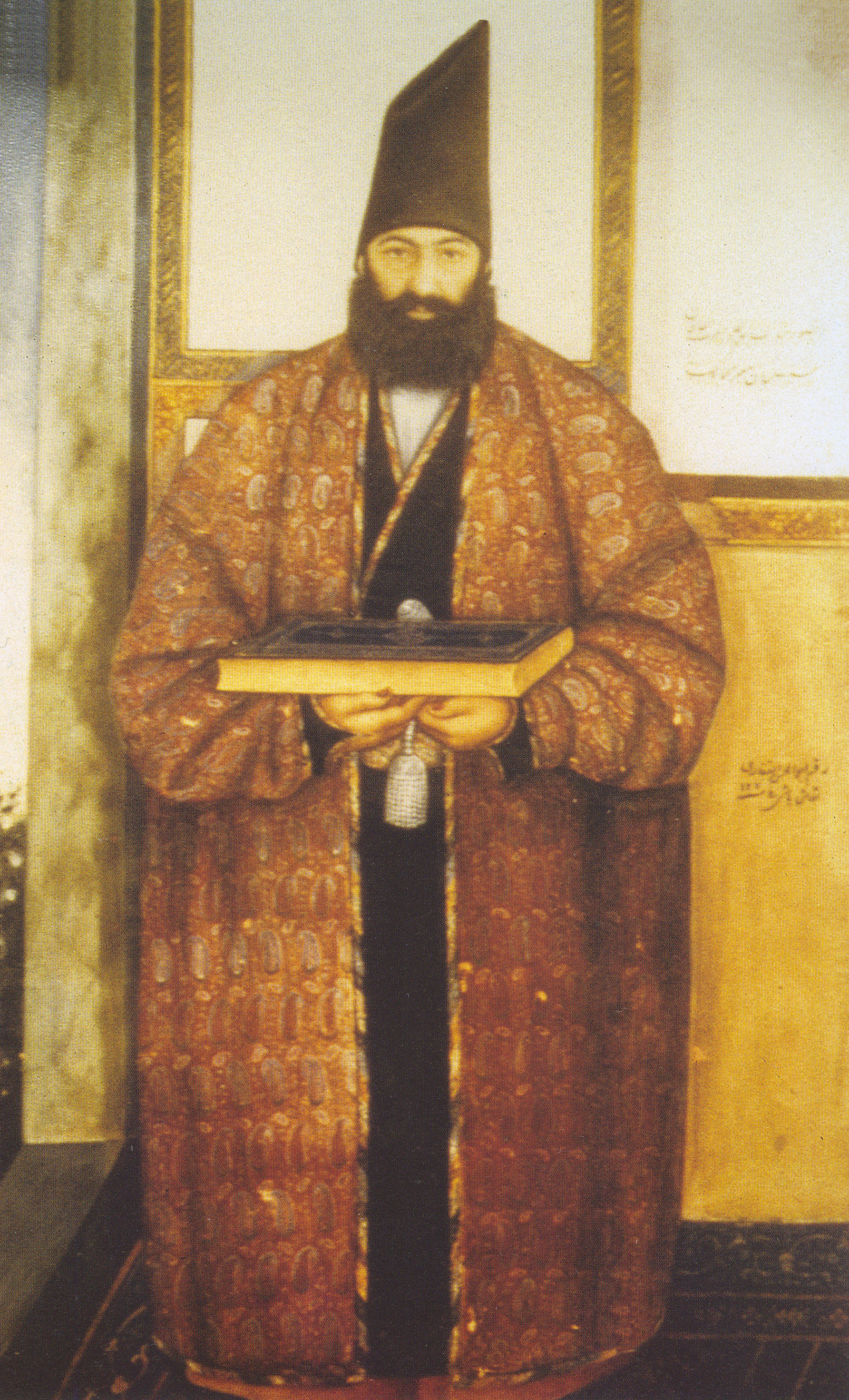|
Unruled Paper (film)
''Unruled Paper'' ( fa, کاغذ بیخط, italic=yes, ''Kāghaz-e bi Khatt'') is a 2002 Iranian film directed by Nāser Taghvā'i (his first after twelve years), based on an original script by Nāser Taghvā'i and Minoo Farsh'chi. The film was produced in 2001 by ''Yektā Film''. The principal roles in the film are played by Khosrow Shakibai (''Jahāngir'') and Hadyeh Tehrani (''Royā''). For his role, Khosrow Shakibai was nominated for the Crystal Phoenix Award, in the category of men, at the 20th Fajr International Film Festival in 2001, received the second Best Actor Of The Year Award From Writers and Critics, in the category of men, in 2002, and was awarded the Golden Tablet from ''Iran Actor Site'' in 2003. Hadyeh Tehrani's acting in this film has been praised by many critics as equally superb and laudable.''Māhnāmeh-ye Film'' (The Film Monthly), in Persian, No. 288, year 20, ''Mordād'' 1381 AH (July–August, 2002), Tehran, Iran. For her role, she was nominated for ... [...More Info...] [...Related Items...] OR: [Wikipedia] [Google] [Baidu] |
Nasser Taghvai
Nasser Taghvai ( fa, ناصر تقوایی, also romanized as Nāser Taghvā'i and Nāser Taqvāyi; born 10 July 1941) is an Iranian film director and screenwriter. Biography Taghvāi was born in Abadan. After early experiences as a story writer, he began filming documentaries in 1967. He made his debut, ''Tranquility in the Presence of Others'', in 1970 and gained the attention of Iranian critics. His concern for the ethnography and atmosphere of southern Iran is notable in his films. Most of his works have been based on novels. '' Captain Khorshid'' is an adaptation of Ernest Hemingway's ''To Have and Have Not'', which won the third prize at the 48th Locarno International Film Festival in Switzerland in 1988. In 1999 he directed a segment of the film ''Tales of Kish'', which was nominated for the Palme d'Or at the Cannes Film Festival. Filmography * Rahaee (Short Film), 1971 * ''Tranquility in the Presence of Others'', 1972 * ''Sadeq the Kurdish'', 1972 * ''Curse'', 1973 * ... [...More Info...] [...Related Items...] OR: [Wikipedia] [Google] [Baidu] |
Evin
Evin is a neighbourhood in the north of Tehran. The district consists of an old section, filled with orchards and gardens of old houses, and a new section, with high rises and skyscrapers. It is adjacent to Shahid Beheshti University Shahid Behesti University ( fa, دانشگاه شهید بهشتی , Dāneshgāh-e Shahid Beheshti) (formerly known as the National University of Iran) is a public research university in Tehran, Iran. The university offers many programs at Bache ... campus and is notorious for the nearby Evin Prison, a detention centre famous for atrocities committed against political prisoners, both in the pre-1979 period and in the post-revolutionary period. It is minutes away from the Darakeh hiking trail. Hiking is a national pastime in Iran, and this trail thus brings many tourists to the area. References External links Tehran: Up the mountains in Darakeh Neighbourhoods in Tehran {{TehranCounty-geo-stub ... [...More Info...] [...Related Items...] OR: [Wikipedia] [Google] [Baidu] |
The Wolf And The Seven Young Kids
"The Wolf and the Seven Young Goats" (german: Der Wolf und die sieben jungen Geißlein) is a fairy tale collected by the Brothers Grimm and published in Grimm's Fairy Tales (KHM 5). It is of Aarne-Thompson type 123. The tale has obvious resemblance to "The Three Little Pigs" and other type 124 folktales. The rescue of the kids from the wolf's belly and his punishment by filling him with stones can also been compared to the rescue and revenge of Little Red Cap against the wolf (Aarne-Thompson type 333). Origin The story was published by the Brothers Grimm in the first edition of ''Kinder- und Hausmärchen'' in 1812. Their source was the Hassenpflug family from Hanau. A similar tale, ''The wolf and the kids'', has been told in the Middle East and parts of Europe, and probably originated in the first century. Synopsis A mother goat leaves her seven children at home while she ventures into the forest to find food. Before she leaves, she warns her young about the wolf who will try ... [...More Info...] [...Related Items...] OR: [Wikipedia] [Google] [Baidu] |
Bagh-e Ferdows
Ferdows Garden ( fa, باغ فردوس ) is a historical complex located in the district of Tajrish in Shemiran (northern Tehran), Iran. The complex dates back to the reign of the Qajar dynasty, and includes a mansion which houses the Cinema Museum of Iran since 2009. Etymology By the time of the Achaemenid Empire, the term ''pairidaēza'' (Avestan) referred to extensive gardens built all over the empire. It derived from Proto-Iranian ''paridaiźa'', literally meaning "circular boundary". Modern Persian ''ferdows'' () and ''pardis'' () are derivatives of the same word, which occurred in Greek as ''parádeisos'' () and entered English as ''paradise''. According to the ''Oxford English Dictionary'', as well as the Dehkhoda Dictionary, this word entered Hebrew as ''pardēs'' (), following the arrival of the Jews in Babylon in the 5th century BC. In the sections of the Old Testament that predate this arrival, the notions of "heaven" and "hell" are not specific; only later has ''pārd ... [...More Info...] [...Related Items...] OR: [Wikipedia] [Google] [Baidu] |
Architect
An architect is a person who plans, designs and oversees the construction of buildings. To practice architecture means to provide services in connection with the design of buildings and the space within the site surrounding the buildings that have human occupancy or use as their principal purpose. Etymologically, the term architect derives from the Latin ''architectus'', which derives from the Greek (''arkhi-'', chief + ''tekton'', builder), i.e., chief builder. The professional requirements for architects vary from place to place. An architect's decisions affect public safety, and thus the architect must undergo specialized training consisting of advanced education and a ''practicum'' (or internship) for practical experience to earn a Occupational licensing, license to practice architecture. Practical, technical, and academic requirements for becoming an architect vary by jurisdiction, though the formal study of architecture in academic institutions has played a pivotal role in ... [...More Info...] [...Related Items...] OR: [Wikipedia] [Google] [Baidu] |
Technical Drawing
Technical drawing, drafting or drawing, is the act and Academic discipline, discipline of composing Plan (drawing), drawings that Visual communication, visually communicate how something functions or is constructed. Technical drawing is essential for communicating ideas in Manufacturing, industry and engineering. To make the drawings easier to understand, people use familiar symbols, Perspective (graphical), perspectives, units of measurement, notation systems, visual styles, and page layout. Together, such Convention (norm), conventions constitute a visual language and help to ensure that the drawing is unambiguous and relatively easy to understand. Many of the symbols and principles of technical drawing are codified in an international standard called ISO 128. The need for precise communication in the preparation of a functional document distinguishes technical drawing from the expressive drawing of the visual arts. Artistic drawings are subjectively interpreted; their meanin ... [...More Info...] [...Related Items...] OR: [Wikipedia] [Google] [Baidu] |
Free Will
Free will is the capacity of agents to choose between different possible courses of action unimpeded. Free will is closely linked to the concepts of moral responsibility, praise, culpability, sin, and other judgements which apply only to actions that are freely chosen. It is also connected with the concepts of advice, persuasion, deliberation, and prohibition. Traditionally, only actions that are freely willed are seen as deserving credit or blame. Whether free will exists, what it is and the implications of whether it exists or not are some of the longest running debates of philosophy and religion. Some conceive of free will as the right to act outside of external influences or wishes. Some conceive free will to be the capacity to make choices undetermined by past events. Determinism suggests that only one course of events is possible, which is inconsistent with a libertarian model of free will. Ancient Greek philosophy identified this issue, which remains a major focus o ... [...More Info...] [...Related Items...] OR: [Wikipedia] [Google] [Baidu] |
Friedrich Nietzsche
Friedrich Wilhelm Nietzsche (; or ; 15 October 1844 – 25 August 1900) was a German philosopher, prose poet, cultural critic, philologist, and composer whose work has exerted a profound influence on contemporary philosophy. He began his career as a classical philologist before turning to philosophy. He became the youngest person ever to hold the Chair of Classical Philology at the University of Basel in 1869 at the age of 24. Nietzsche resigned in 1879 due to health problems that plagued him most of his life; he completed much of his core writing in the following decade. In 1889, at age 45, he suffered a collapse and afterward a complete loss of his mental faculties, with paralysis and probably vascular dementia. He lived his remaining years in the care of his mother until her death in 1897 and then with his sister Elisabeth Förster-Nietzsche. Nietzsche died in 1900, after experiencing pneumonia and multiple strokes. Nietzsche's writing spans philosophical polemics ... [...More Info...] [...Related Items...] OR: [Wikipedia] [Google] [Baidu] |
Eternal Recurrence
Eternal return (german: Ewige Wiederkunft; also known as eternal recurrence) is a concept that the universe and all existence and energy has been recurring, and will continue to recur in a self similar form an infinite number of times across infinite time or space. The concept is found in Indian philosophy and in ancient Egypt and was subsequently taken up by the Pythagoreans and Stoics. With the decline of antiquity and the spread of Christianity, the concept fell into disuse in the Western world, with the exception of 19th century philosopher Friedrich Nietzsche, who resurrected it as a thought experiment. Eternal return relates to the philosophy of predeterminism in that people are predestined to continue repeating the same events over and over again. Classical antiquity In ancient Greece, the concept of eternal return was most prominently associated with Stoicism, the school of philosophy founded by Zeno of Citium, although there are hints that the theory may in fact h ... [...More Info...] [...Related Items...] OR: [Wikipedia] [Google] [Baidu] |
Surrealism
Surrealism is a cultural movement that developed in Europe in the aftermath of World War I in which artists depicted unnerving, illogical scenes and developed techniques to allow the unconscious mind to express itself. Its aim was, according to leader André Breton, to "resolve the previously contradictory conditions of dream and reality into an absolute reality, a super-reality", or ''surreality.'' It produced works of painting, writing, theatre, filmmaking, photography, and other media. Works of Surrealism feature the element of surprise, unexpected juxtapositions and '' non sequitur''. However, many Surrealist artists and writers regard their work as an expression of the philosophical movement first and foremost (for instance, of the "pure psychic automatism" Breton speaks of in the first Surrealist Manifesto), with the works themselves being secondary, i.e. artifacts of surrealist experimentation. Leader Breton was explicit in his assertion that Surrealism was, above all, a ... [...More Info...] [...Related Items...] OR: [Wikipedia] [Google] [Baidu] |
Surrealist
Surrealism is a cultural movement that developed in Europe in the aftermath of World War I in which artists depicted unnerving, illogical scenes and developed techniques to allow the unconscious mind to express itself. Its aim was, according to leader André Breton, to "resolve the previously contradictory conditions of dream and reality into an absolute reality, a super-reality", or ''surreality.'' It produced works of painting, writing, theatre, filmmaking, photography, and other media. Works of Surrealism feature the element of surprise, unexpected juxtapositions and '' non sequitur''. However, many Surrealist artists and writers regard their work as an expression of the philosophical movement first and foremost (for instance, of the "pure psychic automatism" Breton speaks of in the first Surrealist Manifesto), with the works themselves being secondary, i.e. artifacts of surrealist experimentation. Leader Breton was explicit in his assertion that Surrealism was, above all, a r ... [...More Info...] [...Related Items...] OR: [Wikipedia] [Google] [Baidu] |









